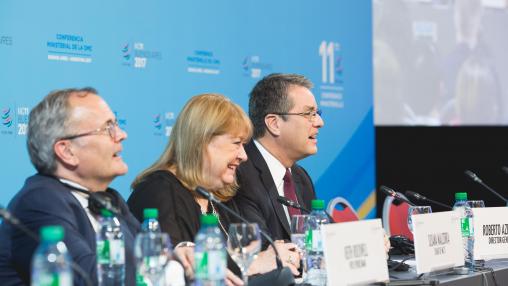
Building food security through international trade agreements
Although food security has long been recognized as a universal human right, 815 million people worldwide remained undernourished in 2016. In addition, the number of hungry people around the world increased by 38 million between 2015 and 2016, marking a reversal in the trend of falling hunger seen over the past 20 years.
As the Eleventh WTO Ministerial Conference in Buenos Aires wraps up this week, the role of trade in reducing hunger and ensuring food security must be prioritized. This calls for enhanced international cooperation on a multilateral scale.
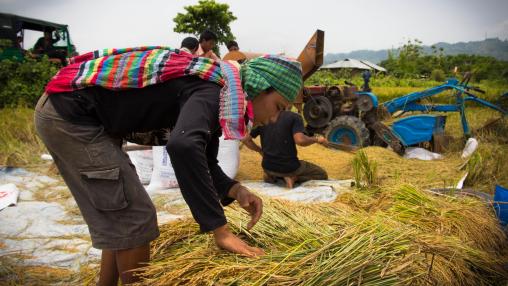
October Edition of FPMA Bulletin Sees Mixed Global Prices
The October edition of the FAO GIEWS Food Price Monitoring and Analysis (FPMA) Bulletin finds mixed trends in international cereal prices. The global price of wheat rose by 6 percent in September, due in large part to weather-related concerns in the US, Australia, and Argentina. This places wheat prices 14 percent above their September 2016 levels; however, abundant global supplies and strong export competition have worked to limit the price increase.
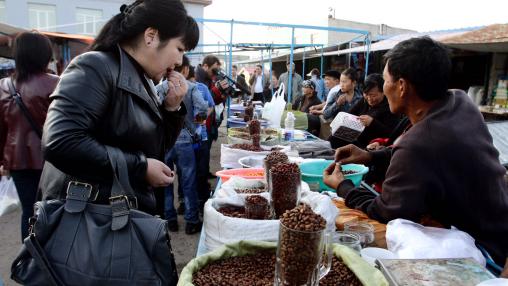
GIEWS Crop Prospects and Food Security Report Released
The latest Crop Prospects and Food Situation report from FAO was recently released. Published quarterly, these reports focus on developments affecting the food situation of developing countries and Low-Income Food-Deficit Countries (LIFDCs). The report also includes an overview of global cereal production prospects and highlight countries that require external food assistance.
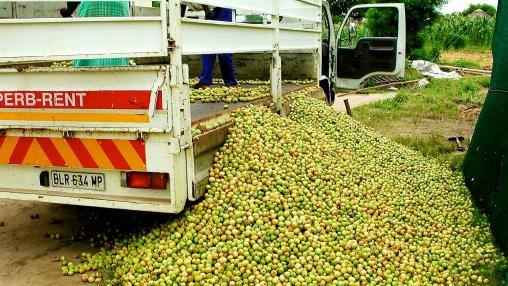
Better Measurement Needed to Track Reality of Food Loss
With about one-third of all food produced around the world lost or wasted each year, reducing food loss and waste is a key component in ending hunger and malnutrition. A major hurdle, however, stems from the fact that food loss and waste are complex issues, and thus properly measuring them and identifying where in the food system they occur remain a challenge. Food loss and waste have been defined in various ways in the literature, and there has thus far been no single measurement methodology agreed upon.
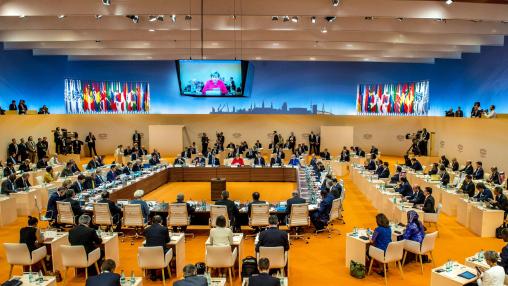
Sustainable Growth Takes Center Stage at 2017 G20 Summit
Leaders of the G20 countries met in Hamburg, Germany on July 7-8 for the 2017 G20 Summit Meeting. The meeting covered a multitude of critical topics , including climate change, international trade relations, globalization, poverty and hunger, gender inequity, and inclusive and sustainable economic growth.
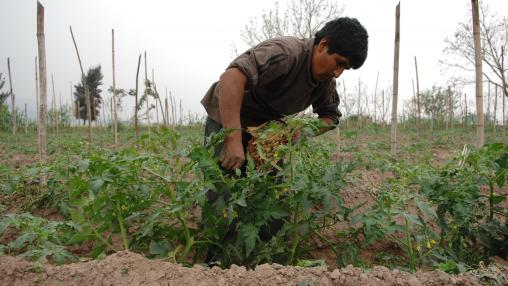
Will the WTO Special Safeguard Mechanism Help Poor Farmers?
By Eugenio Díaz-Bonilla, Senior Research Fellow and Head of IFPRI's Latin America and Caribbean Program
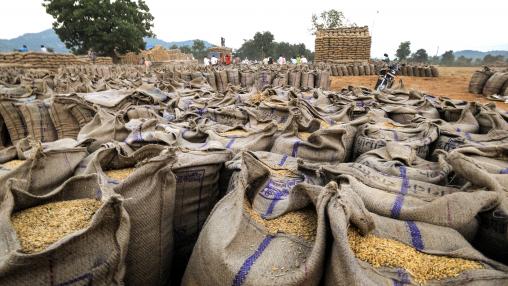
What role do markets and trade play in climate change adaptation?
Global trade is a complex, politically charged issue that has important implications for the global food system.
A recent paper in Food Policy, “Do Markets and Trade Help or Hurt the Global Food System Adapt to Climate Change” , investigates whether markets and trade aid or inhibit the global food system ability’s to adapt to climate change. The discussion and themes raised in the paper are based on results collected from a wide variety of sources.
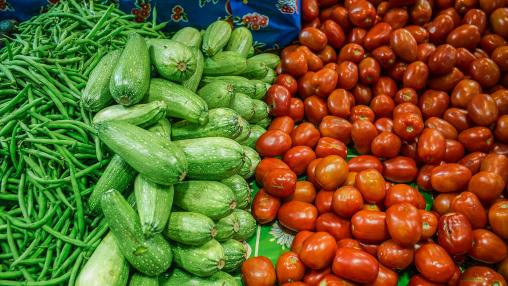
The Future of Food and Agriculture: Trends and challenges
FAO estimates that around the world, about 795 million people still suffer from hunger and more than two billion people suffer from micronutrient deficiencies or forms of over-nourishment. Simultaneously, historical and future achievements in food security are under threat due to climate change and increasing pressures on natural resources.
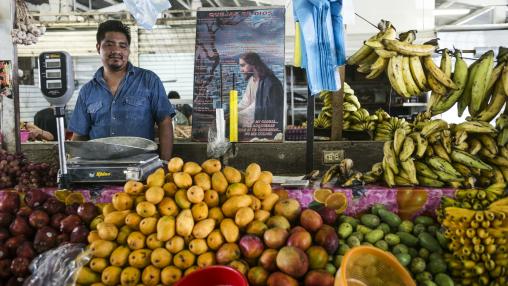
REDD Policy Impacts on the Agri-food Sector and Food Security
It is estimated that deforestation, forest degradation, and peat land emissions account for about 15 percent of total greenhouse gas emissions. A REDD (Reducing Emissions from Deforestation and Forest Degradation) agreement was reached at COP 16 in 2010; since then, REDD policies have been introduced with the goal of preserving forests and proposals have been put forward to compensate developing countries for avoided deforestation.
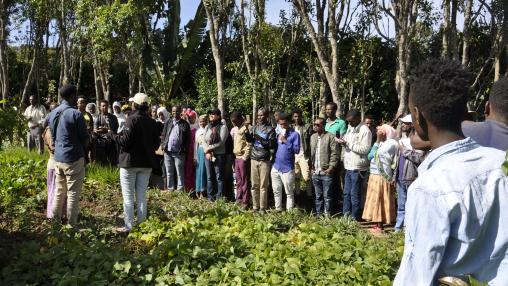
Attaining Food and Environmental Security in an Era of Globalization
The global population is expected to grow to more than 9 billion people by 2050. In such a scenario, ensuring the availability of and access to affordable and nutritious food will be a major challenge.